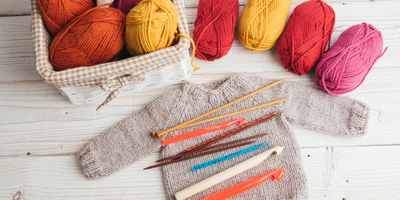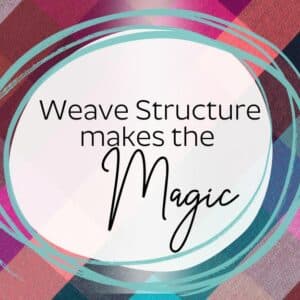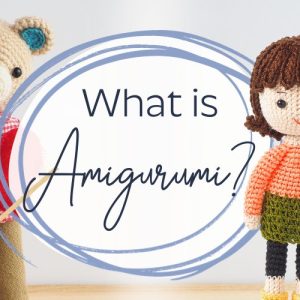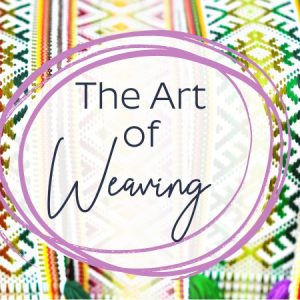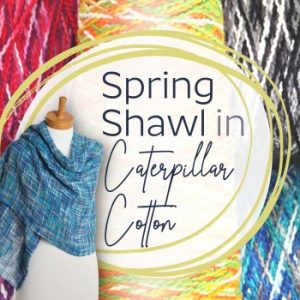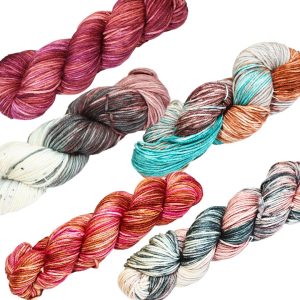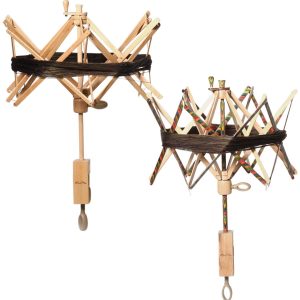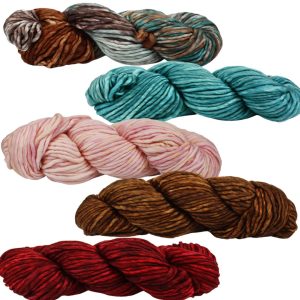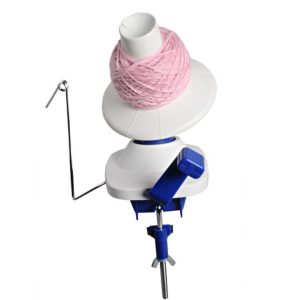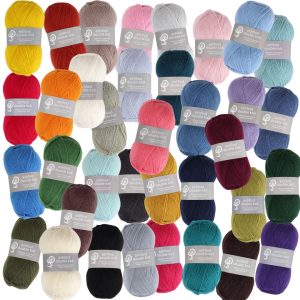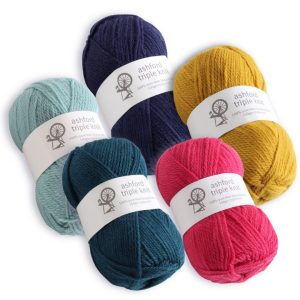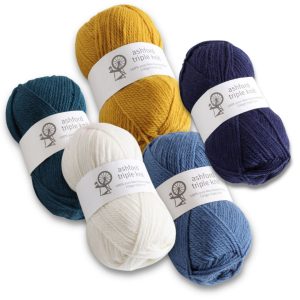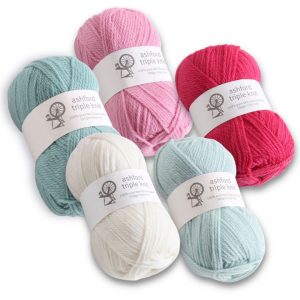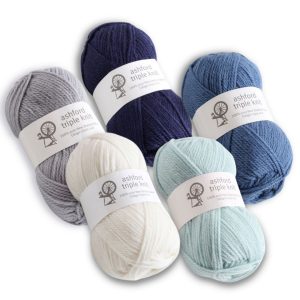Are you not entirely sure what the difference between superwash and non-superwash yarn is?
It’s a question that I get asked quite often, so thought I would take a moment to explain a few differences
Superwash wool is put through a process and specially treated, to make it the perfect machine washable yarn. Whether or not a yarn is superwash, affects its overall qualities and therefore will also help determine the kind of projects that you might decide to use each one for.
There are multiple purposes that lead knitters and crocheters alike make a choice between superwash or non-superwash yarn for a project. Many knitters, crochet enthusiasts & weavers love the sheen, colour fullness and ease of care that a superwash yarn gives. While other handicrafters enjoy the familiar woolly smell and traditional feel of a non-superwash wool.
You may have already been aware that wool is a protein type fibre. Each strand is made up of overlapping miniscule plates. It is referred to as ‘felting’ when these plates stick together. Rapid changes in temperature can shake up the fibre, causing these plates to open up. Any resulting disturbance or friction often results in them catching on each other.
Superwash yarns have been processed in a couple of ways. Either chemically, to remove the small plates from the fibre. Or alternatively, they have been coated with an exceptionally thin layer of polymer resin to achieve the same outcome. Both techniques ultimately smooth out the fibres and stop the small plates sticking together. This then stops the wool from felting or shrinking when it is washed. From a sustainability point of view, this process is less than ideal as it uses chemicals and creates waste.
Superwash wool is perfect for projects that may end up being popped in the clothes dryer
Adding colourful dyes to your yarn
When dyeing protein fibres, acid dyes are most often used. These are types of dye which requires heat to set them to the fibre. Huge vats are used to commercially dye wool. On the other hand, hand dyers often use a wide variety of methods to apply and set the dye. You can see Ashford new range of dyes here
Once the small fibres of superwash wool are smoothed out, the yarn develops a sheen. Making it easier to take up the dye. This gives the vivid, saturated colours that so many knitters love to knit with. The superwash process also creates yarn that allows you to be a little less gentle with during the dyeing process. This is because the wool is much less likely to felt, both at elevated temperatures or while being moved around in the water.
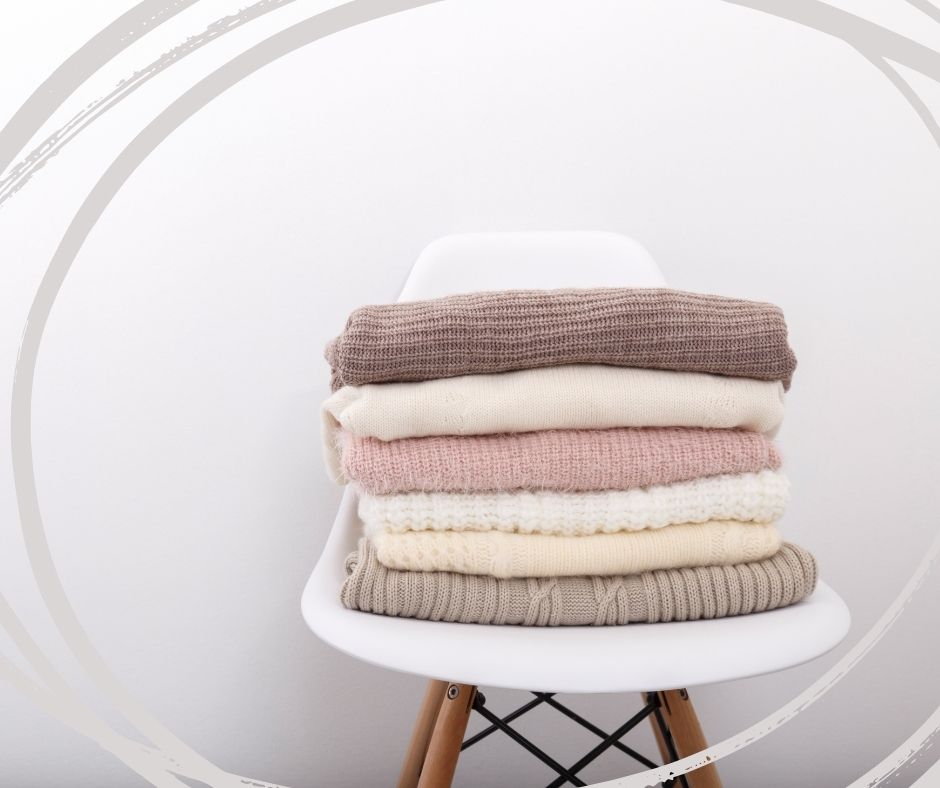
Now you understand what makes a superwash characteristics different, it makes it easier to understand what a non-superwash wool is.
A non superwash yarn needs more care during the dyeing process. You will need to be careful to ensure that the temperature doesn’t get too hot and it isn’t agitated during whilst being dyed. This makes it a slower process. The yarn needs to be heated at a slower pace and often kept to a lower temperature. Keeping the yarn at a lower temperatures means it can be harder or take longer for the wool to accept the dye.
Knitting and weaving with superwash or non-superwash wool
Many knitters & weavers easily detect a difference when working with superwash yarn compared to non-superwash yarns. As non-superwash yarns still have the small plates on the fibre, your stitches will stick together and then grow when washed. This makes non-superwash wools perfect for colourful designs, creating more connection between the knitted or crocheted stitches. This often creates a smoother effect across patterns with lots of colour. It can mean that your stitches are less likely to unravel and that dropped stitches are often easier to pick up.
Many knitters prefer knitting with superwash wool. Due to its smoothness, it is often the recommended choice for such as baby gifts, socks & other items that may sit close to skin. With most agreeing that the stitches easily glide across your needles. Creating a beautiful, soft textile material. Very often superwash yarns have less body and more drape, making then the perfect choice for lightweight jumpers and finer items.
Caring for your wool
If you’re looking for an easier to care for option for your next project, maybe something that can be regularly thrown in with the rest of your washing? Then superwash yarn is the recommended choice. As explained earlier, it is unlikely to felt or shrink. In addition, many superwash wools can also be popped in the clothes dryer however, its important to check care instructions on the label first.
Take a quick look at our yarns here or some of our youtube tutorials here
See more helpful articles here
- How Weave Structure Makes the Magic HappenIt’s often said, weaving is like painting with thread! You take vertical threads (called the warp) and horizontal threads (called the weft) and weave them together to create all sorts of amazing fabrics, like clothes, blankets, and even baskets……[KEEP READING]..
- The Joy of Sock Knitting: A Cosy Adventure for Knitting BuffsSock knitting is a beloved pastime that combines creativity, practicality, and comfort. Whether you’re a seasoned knitter or a beginner, knitting your own socks can be a rewarding experience. And they also make the perfect gift (who doesn’t love…..[KEEP READING]..
- Learn The Art Of Amigurumi CrochetAmigurumi is the enjoyable craft that has captured the hearts of many. It is a Japanese art form that involves creating small, stuffed creatures using easy-to-follow knitting or crocheting techniques. In the world of handicrafts, Amigurumi stands out as…..[KEEP READING]..
- Inkle Loom Weaving: A Timeless Craft for Modern CreativesInkle Loom Weaving: A Timeless Craft for Modern Creatives Inkle looms weaving has been an essential craft throughout human history. The development of various loom types has allowed fibre artists to create intricate patterns and textiles. Among these looms,…..[KEEP READING]..
- The Art of WeavingUnleashing Your Creativity with a Weaving Loom Discover the ancient art of weaving and unleash your creativity with an Ashford weaving loom. With its rich history dating back centuries, weaving is more than just a craft – it is…..[KEEP READING]..
- Weave a Spring Shawl in Caterpillar CottonWeave a Shawl with Ashfords Caterpillar Cotton. The perfect choice for a beautiful woven fabric. Ready for a charming spring or summer project? Dive into the world of Ashford Caterpillar Cotton with this new creation – an elegant, lightweight…..[KEEP READING]..
-
Fiori Australian DK IV Hand Dyed Merino Yarn$26.00 inc GST
-
Swift / Skein Winder – KnitPro$125.95 – $189.95 inc GST
-
Fiori Grande Bulky Australian Merino Yarn$28.95 inc GST
-
Yarn Ball Winder – Knitpro$64.95 inc GST
-
Ashford Double Knit 8 Ply Yarn$12.95 inc GST
-
Triple Knit Yarn Packs – 500gm Multicolour Bright & Bold$69.75 inc GST
-
Triple Knit Yarn Packs – 500gm Multicolour Modern$69.75 inc GST
-
Triple Knit Yarn Packs – 500gm Multicolour Pretty Days$69.75 inc GST
-
Triple Knit Yarn Packs – 500gm Multicolour Ocean Dreams$69.75 inc GST

